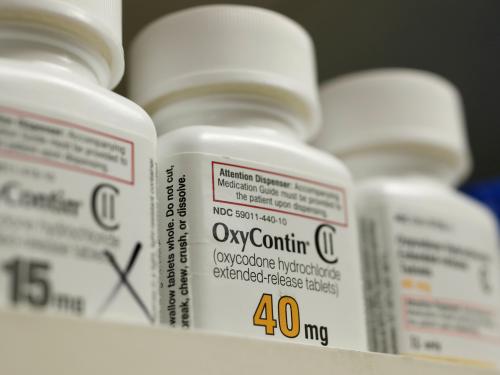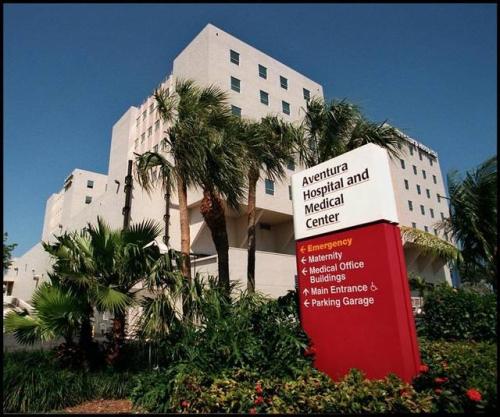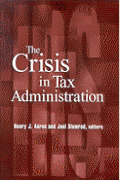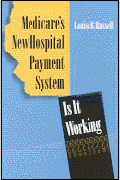What’s the latest in health policy research? The Essential Scan, produced by the Schaeffer Initiative for Innovation in Health Policy, aims to help keep you informed on the latest research and what it means for policymakers. If you’d like to receive the biweekly Essential Scan by email, you can sign up here.
To counter variation in diagnostic coding intensity, researchers propose place-specific risk adjustment
Amy Finkelstein, Matthew Gentzkow, Peter Hull, and Heidi Williams propose performance and risk-adjusted payment mechanisms in Medicare that account for geographic variation in diagnostic coding intensity. Building off earlier research that found 50 percent of the geographic variation in health care utilization is attributable to place-specific health care provider factors, the authors suggest place-specific risk adjustment be incorporated into performance programs, risk-adjusted payment models like bundles and capitation, and the risk adjustment program of the Affordable Care Act exchanges. Risk adjustment is a mechanism by which payments to a health care provider are increased or decreased to account for the health status of (and resulting intensity of care required to treat) their patient population. Under such an adjustment, hospital referral regions would see changes ranging from as much as a 13 percent reduction in Miami, FL, to a 10 percent increase in Saint Paul, MN. Such a change helps to address longstanding concerns with risk-adjusted payments, like those of Medicare Advantage, as well as emerging concerns as public and private insurers increase use of adjusted alternative payment models. Full article here.
More costly, narrow network plans exited 2017 exchange markets, while cheaper plans with managed care experience newly entered
Craig Garthwaite and John A. Graves find that the 2017 marketplace open enrollment saw a 46 percent exit and 11 percent new entry of plan-rating area offerings, with key differences among those exiting, remaining, and newly entering the exchange markets. Health plans exiting the exchange charged, on average, $16 more in premiums with 8 percent fewer local hospitals and 25 percent fewer behavioral health clinicians participating in the plan network for plans offered to a 35-year-old nonsmoker compared to plans staying on the exchanges into 2017. In the 34 states in which data were available, the authors also found that the insurers exiting were less likely to have had experience in Medicaid and less local market share of fully insured commercial health plans. Moreover, new entrants charged an average of $30 less per enrollee and were more likely to have prior Medicaid experience. While not reflective of performance on the state-based marketplaces, these findings counter the assertion that the exchanges writ large are an untenable market and instead provide detail on the “natural competitive processes” determining winners and losers in this new market. Full article here.
Graphic Credit: New England Journal of Medicine
“The Marketplace Exchanges are so competitive that they are showing
economists what real competition in health insurance looks like!”
– Paul Ginsburg, PhD, Director of the Schaeffer Initiative
Opioid-overdose drug access laws associated with 9 to 11 percent reduction in opioid-related deaths
Daniel I. Rees, Joseph J. Sabia, Laura M. Argys and coauthors find that state laws passed by 45 states and the District of Columbia that permit laypersons access to administer the prescription drug naloxone to counteract the effects of opioid overdose were associated with a 9 to 11 percent reduction in opioid-related deaths. Using data from the National Vital Statistics System from 1999 to 2014, the authors also find consistently negative but not statistically significant associations of opioid-related deaths with Good Samaritan laws passed by 34 states and the District of Columbia, which provides immunity from charges for drug possession to individuals seeking medical assistance. Finally, the authors find little evidence to support the claim that these types of laws increase illegal drug use. These findings provide a first look at the impact on mortality and illegal drug use of such broadly supported laws. Full article here.
High-rate opioid prescribing physicians associated with higher rates of long-term use among patients
Michael L. Barnett, Andrew R. Olenski, and Anupam B. Jena find wide variation in prescription rates for opioids among emergency room providers within individual hospitals, with significantly higher rates of patients’ long-term opioid use (defined as use for six months or more in the 12 months following initial ER visit) when treated by ER physicians with high-prescribing rates than those with lower prescribing rates. Top quartile prescribers within an emergency room prescribed opioids in 24.1 percent of applicable ER visits, while bottom-quartile prescribers did so for only 7.3 percent of visits. The authors used data on over 370,000 Medicare beneficiaries seen at emergency rooms from 2008 to 2011 whose visits did not result in admission to the hospital and who had not had a prescription for opioid painkillers in the six months prior to the visit. These findings provide numbers on the variation in opioid prescribing rates among physicians and their associations with patients’ likelihood of long-term opioid use. Full article here.
Graphic Credit: New England Journal of Medicine
The Essential Scan is produced by the Schaeffer Initiative for Innovation in Health Policy, a collaboration between the Center for Health Policy at the Brookings Institution and the USC Schaeffer Center for Health Policy & Economics.













Commentary
The essential scan: Top findings in health policy research
March 2, 2017